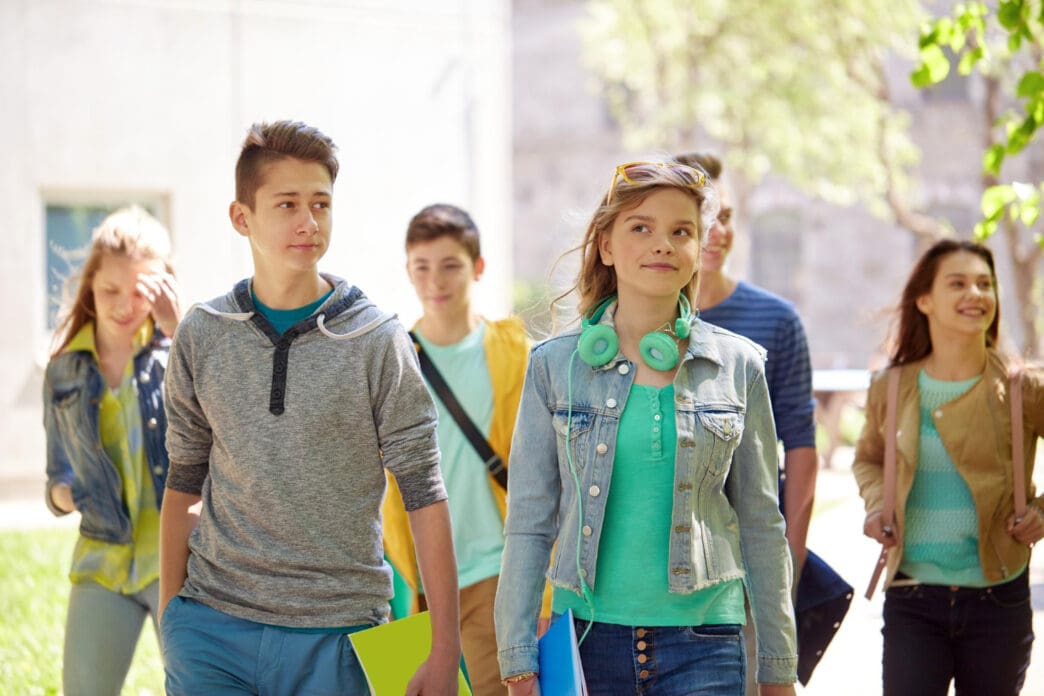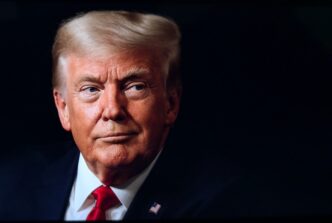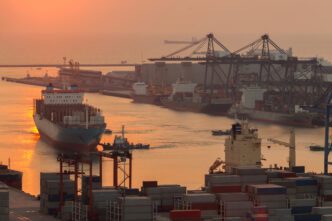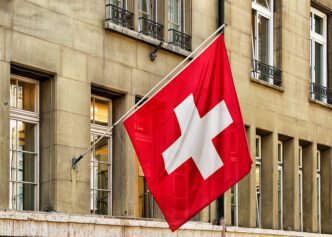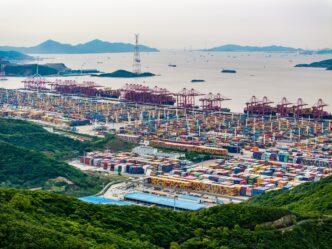Executive Summary
The Story So Far
Why This Matters
Who Thinks What?
Back-to-school shopping this year is presenting parents with significantly higher prices on apparel and accessories, a trend attributed by some experts to the lingering effects of tariffs imposed by the Trump administration. Data from marketing platform Klaviyo indicates a 9% year-over-year surge in online prices for items like shoes, bags, and belts in July, leading to increased spending for families preparing for the academic year.
Lisa Ward, a finance professional from Atlanta, noted a $10 to $20 increase per pair of sneakers for her twin boys, resulting in a $300 expenditure for four pairs. She observed that schools are becoming more flexible with required supplies, reflecting the economic pressure on families. Ward expressed frustration, stating, “People are starting to realize how expensive stuff is.”
Rising Costs and Market Data
Klaviyo, a publicly traded customer relationship management firm, found that average order values increased on nearly two-thirds of apparel sites this back-to-school season. Beyond higher prices, the firm also noted a reduction in discounts, which are four percentage points lower than the previous year.
Jake Cohen, head of industry and insights at Klaviyo, directly linked these price increases to the trade war. He stated that tariffs have driven prices up, forcing brands to raise prices to maintain profit margins. Cohen highlighted that many clothing and accessory items are manufactured outside the United States, making them susceptible to the tariff policies enacted by President Donald Trump.
Discrepancy in Official Statistics
The 9% price increase reported by Klaviyo for apparel and accessories significantly surpasses official statistics from the Bureau of Labor Statistics (BLS). The Consumer Price Index (CPI) compiled by the BLS showed a more modest overall price increase of 2.7% year-over-year in July, with apparel prices showing little overall change (-0.2%). However, some specific categories like boys’ apparel (1.9%) and footwear (0.9%) did see increases.
Klaviyo suggests this discrepancy may stem from its data being more heavily weighted towards e-commerce transactions, whereas the BLS data focuses more on store prices. Despite the overall CPI figures, monthly producer prices surged in July by the most in three years, with apparel wholesaling climbing 5% and the apparel, jewelry, footwear, and accessories retailing category spiking 8%.
Academic Perspective on Tariff Impact
Alberto Cavallo, a professor at Harvard Business School, supported the plausibility of Klaviyo’s findings, stating that a 9% increase “doesn’t sound outrageous” based on his research. His work has indicated that as of August 8, imported goods cost 5% more and domestic goods cost 3% more than pre-tariff trends predicted.
Beyond K-12 supplies, college-related items such as household appliances and furniture have also seen price hikes. Harvard Business School Pricing Lab data shows household appliance prices are up 6% and furniture 5% from their pre-tariff trends. Cavallo’s research also found that prices for “other articles of clothing and clothing accessories” have jumped 10% overall, including a 12% increase for imports. He noted that while tariffs are often expected to cause an immediate price jump, firms typically raise prices gradually, especially amidst uncertainty regarding the tariffs’ duration or scope.
Consumer Adaptations and Official Responses
The higher costs are compelling some American consumers to adjust their purchasing habits. A Bankrate survey conducted in June found that nearly one in three (30%) back-to-school shoppers are changing their shopping methods due to inflation. Lisa Ward, for instance, has resorted to buying used clothes and thoroughly checking existing school supplies to save money. She attributes the higher prices to “tariffs and just greed,” hoping for a reduction to ease the financial burden on parents.
In response to concerns about prices, White House spokesman Kush Desai issued a statement asserting that real wages have increased, inflation has cooled, and prices for everyday essentials like gasoline and eggs have declined since President Trump took office. Desai indicated that the administration’s policies, including tariffs, deregulation, and tax cuts, are expected to lead to a “new golden age of American Greatness.”
Public Opinion on Tariffs
Despite the administration’s positive outlook, public opinion polls suggest that President Trump’s aggressive trade agenda is unpopular. A Pew Research poll released recently, conducted prior to the August 7 tariff hikes, indicated that 61% of Americans disapprove of the import tariff increases, while 38% approve. The same poll found that 55% of Americans believe tariffs will have mostly negative effects on the United States in the coming years, compared to 26% who foresee mostly positive effects.
Sam, a father from Georgia, echoed these sentiments, observing “across the board” price increases when shopping for college items. He noted that “prices have definitely increased” and that “most people are not prepared because wages aren’t moving up fast enough,” suggesting that “the consequences of the election, for many people, are becoming clearer and clearer.”
In summary, back-to-school consumers are facing higher prices, particularly for apparel and accessories, with some analysts and academics linking these increases to the impact of tariffs implemented by the Trump administration. While official government data shows more modest overall inflation, sector-specific analyses and consumer experiences point to significant cost escalations, prompting shifts in purchasing behavior and fueling public debate on the economic consequences of trade policies.


